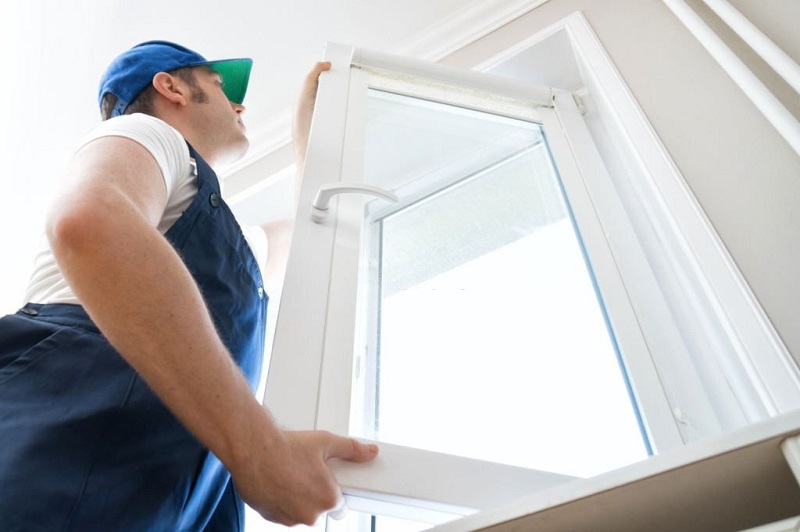A home’s window is a crucial part as they not only allow us to see the outside world but offer ventilation, enrich the beauty of the house, help to save energy, reduce noise & keep your space safe.
Having old windows which are drafty and damaged not only causes security issues but also affects the overall comfort of your home. All sorts of windows, irrespective of their quality, demand replacement at some point as they won’t last permanently.
At times even repairing a window can be an option, but only when the window’s problem is minor. But replacing a broken window, or a damaged window is always better than replacing it.
To help you determine the source of discomfort in your home, we have gathered a list of 5 signs you need to replace your windows.
1. Difficult Window Operation
A window that is difficult to operate is frustrating. You should consider replacing the window if it doesn’t operate as intended. Difficulty in Opening, Closing, & Locking your windows should not be a task of exercise. Aging window hardware, scraped frames, and damaged sashes can make it difficult to secure your home, compromising its security. Hence, it’s time to invest in modern hardware and mechanisms. Go for windows that have easy-to-operate handles, smooth gliding tracks, and secure locking systems, providing convenience and theft-proofing your home.
2. Drafts and Air Leaks
Can feel a cold breeze sweeping in from the windows even when they are closed? It may be because of the presence of gaps or cracks in your window frame or sashes.
Replace your windows with energy-efficient options that have excellent sealing capabilities.
Look for windows with multiple weatherstripping layers and advanced sealing technologies to minimize air leaks and improve insulation.
3. Increased Noise Levels
If you are noticing a rise in external noise levels inside your home, it’s time to check if your windows are providing sufficient sound insulation. Windows with single-pane glass or worn-out seals are counterproductive in reducing noise pollution. This allows unwanted sounds to penetrate your living spaces.
However, using laminated glass for windows or layered-pane windows with soundproofing properties can go a long way. These windows have multiple layers of glass separated by insulating gas, effectively reducing noise transmission and creating a more peaceful indoor atmosphere.
4. Condensation and Moisture Buildup
When window seals degrade, moisture or fog can seep between the glass panes, leading to condensation and reducing visibility. This not only affects the aesthetics of your windows but also indicates decreased energy efficiency.
Opt for windows with low-emissivity (low-E) glass coating windows that have a microscopically thin layer of metallic particles on the glass surface. This helps in reducing heat transfer and minimizing condensation. These windows help maintain a clear view and improve overall energy efficiency.
5. Visible Damage and Decay
Visible damage, such as rotting, warping, or chipping frames, indicates that your windows have reached the end of their lifespan. Damaged windows not only compromise your home’s agility but also pose structural risks, potentially allowing water infiltration and insect infestation.
Look for windows with frames made from recycled materials, such as vinyl, fiberglass, or aluminum, or opt for responsibly sourced wood. And contribute to your home’s energy efficiency and environmental sustainability.
Before Wrapping Up
Being aware of the signs that indicate your home windows need replacing can help you maintain a comfortable, energy-efficient, and serene living environment. When replacing your windows, consider investing in sustainable and theft-proof products that prioritize energy efficiency and environmental conservation. By choosing the right windows, you can enhance the overall performance of your home while reducing your ecological footprint.
